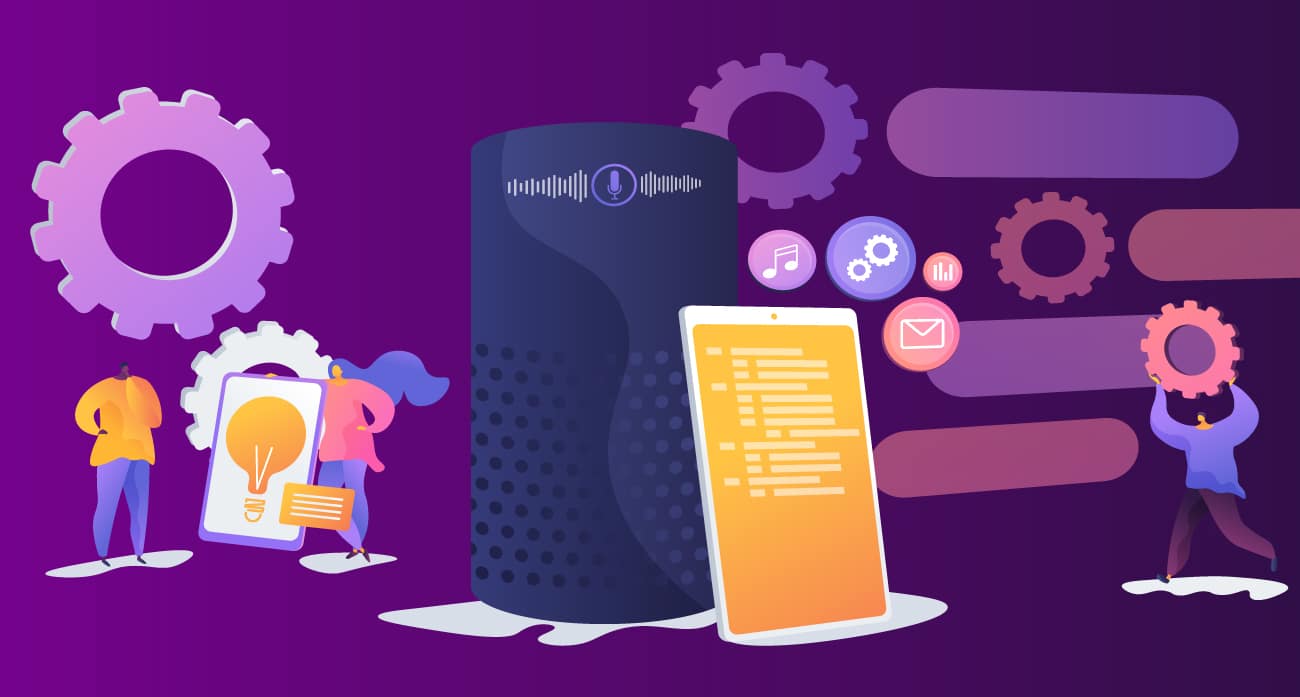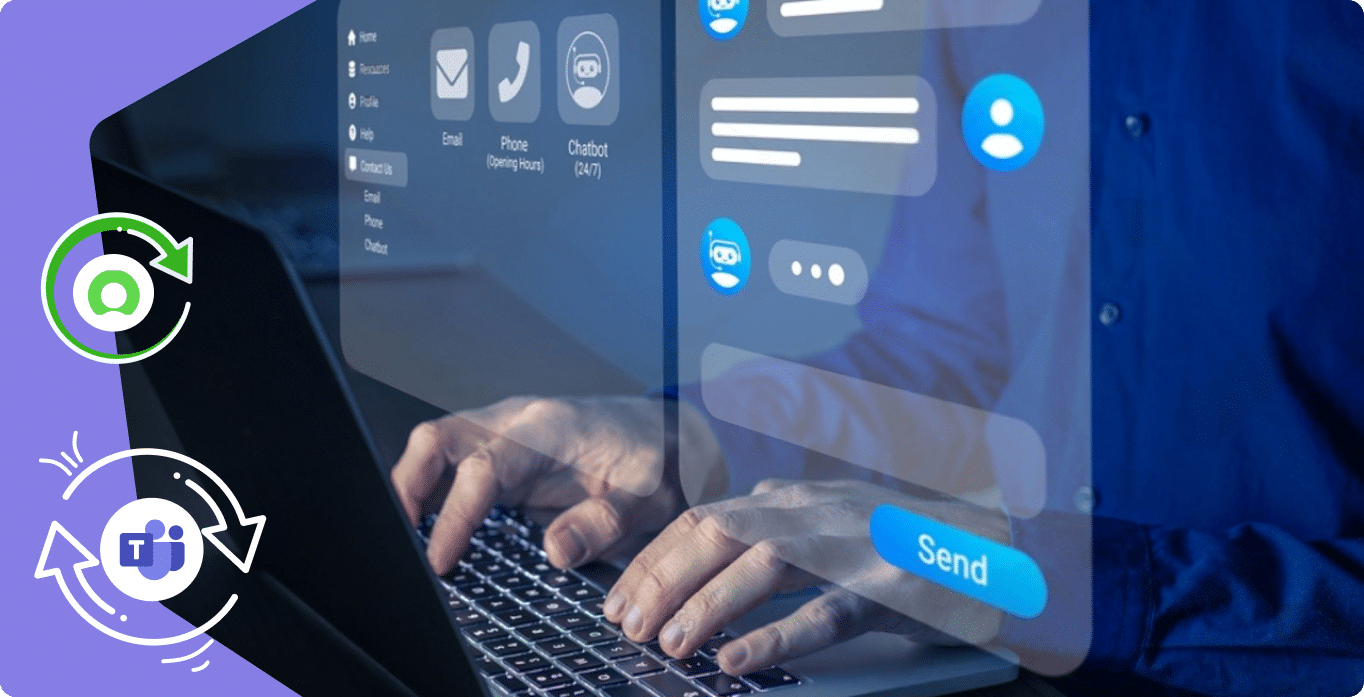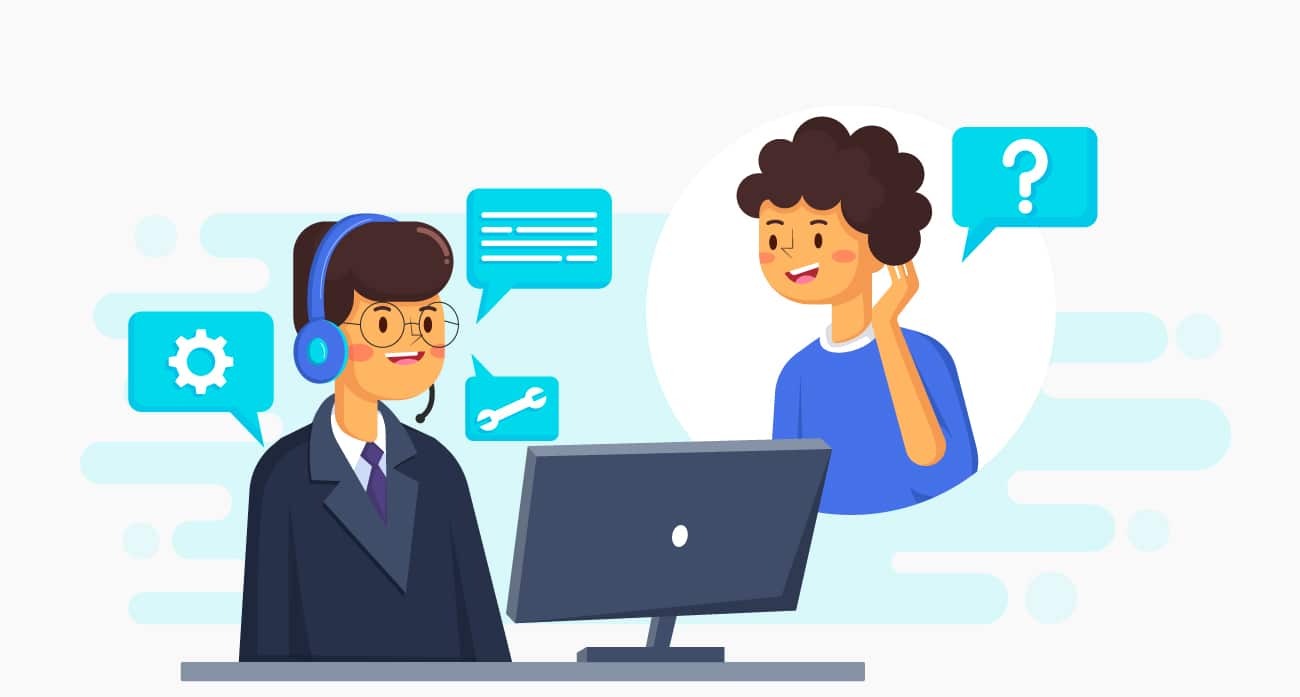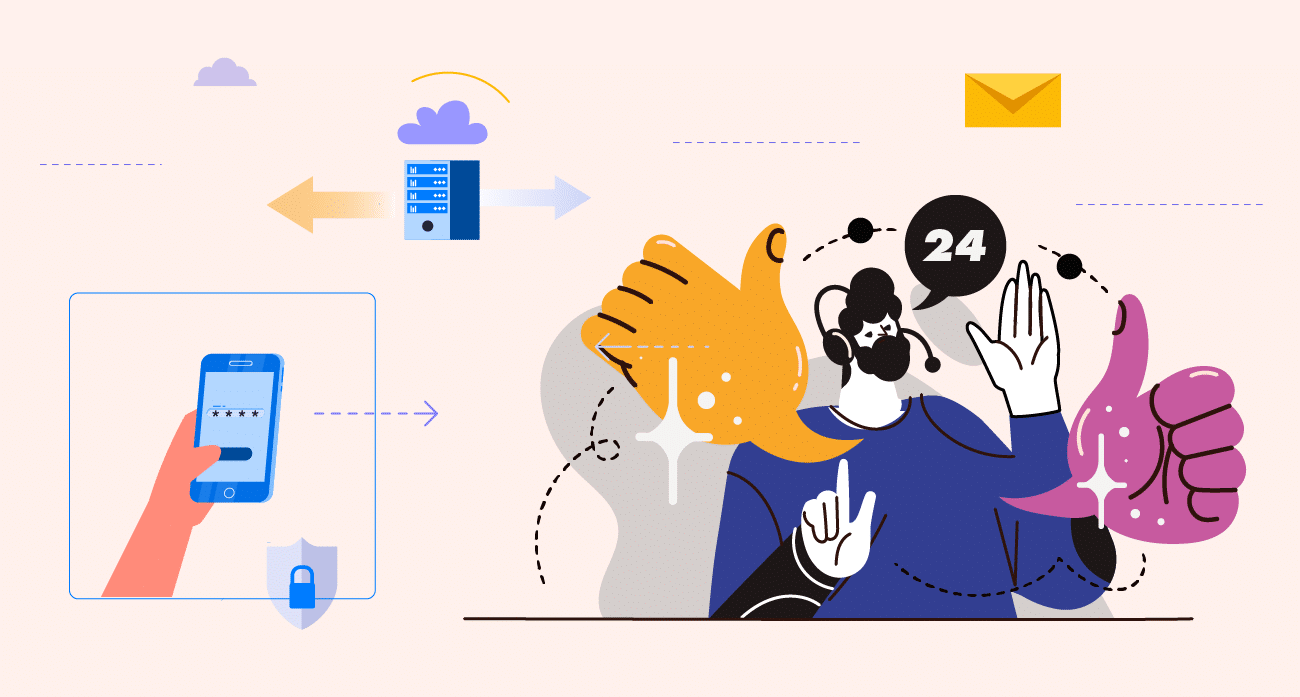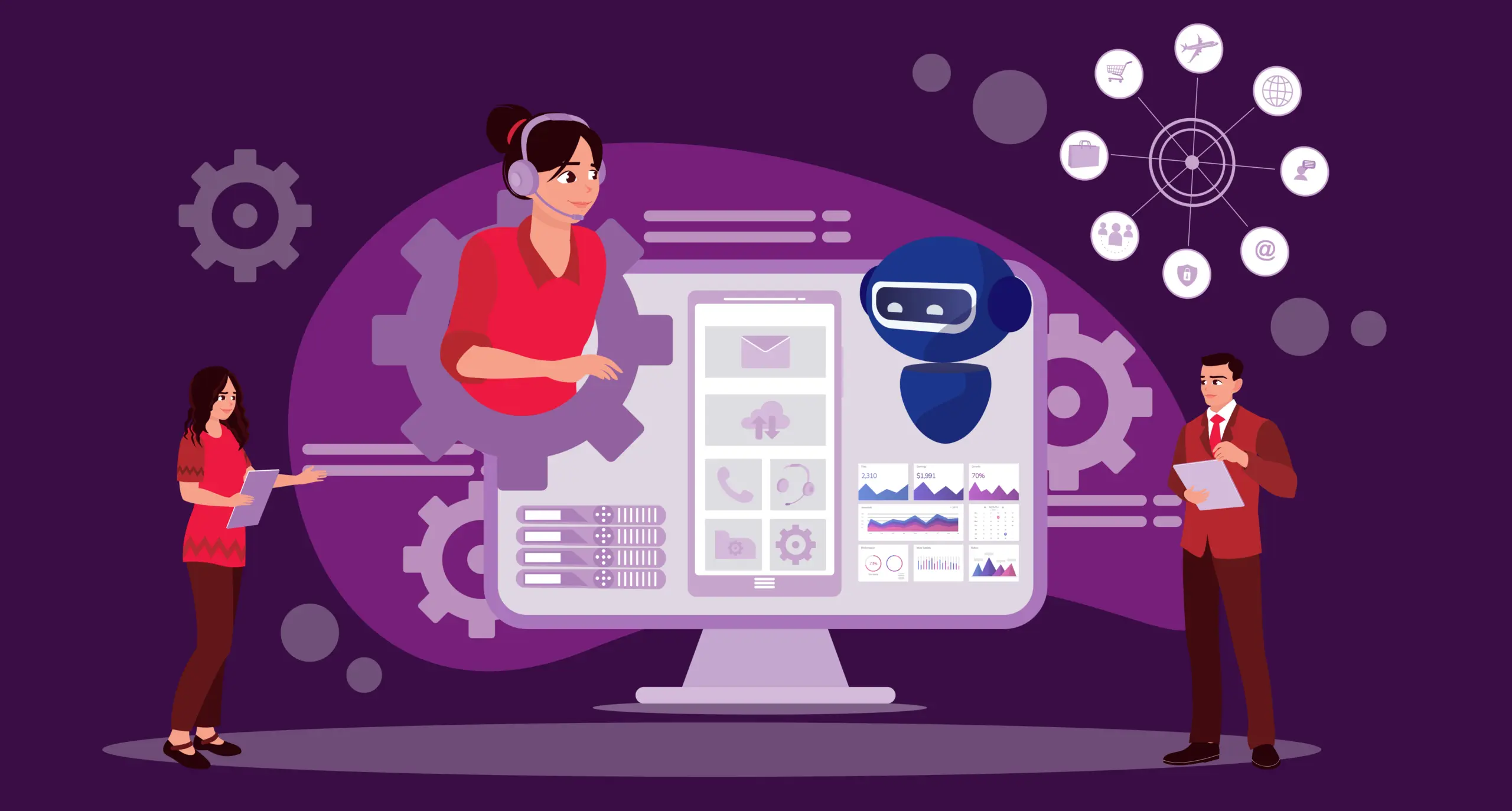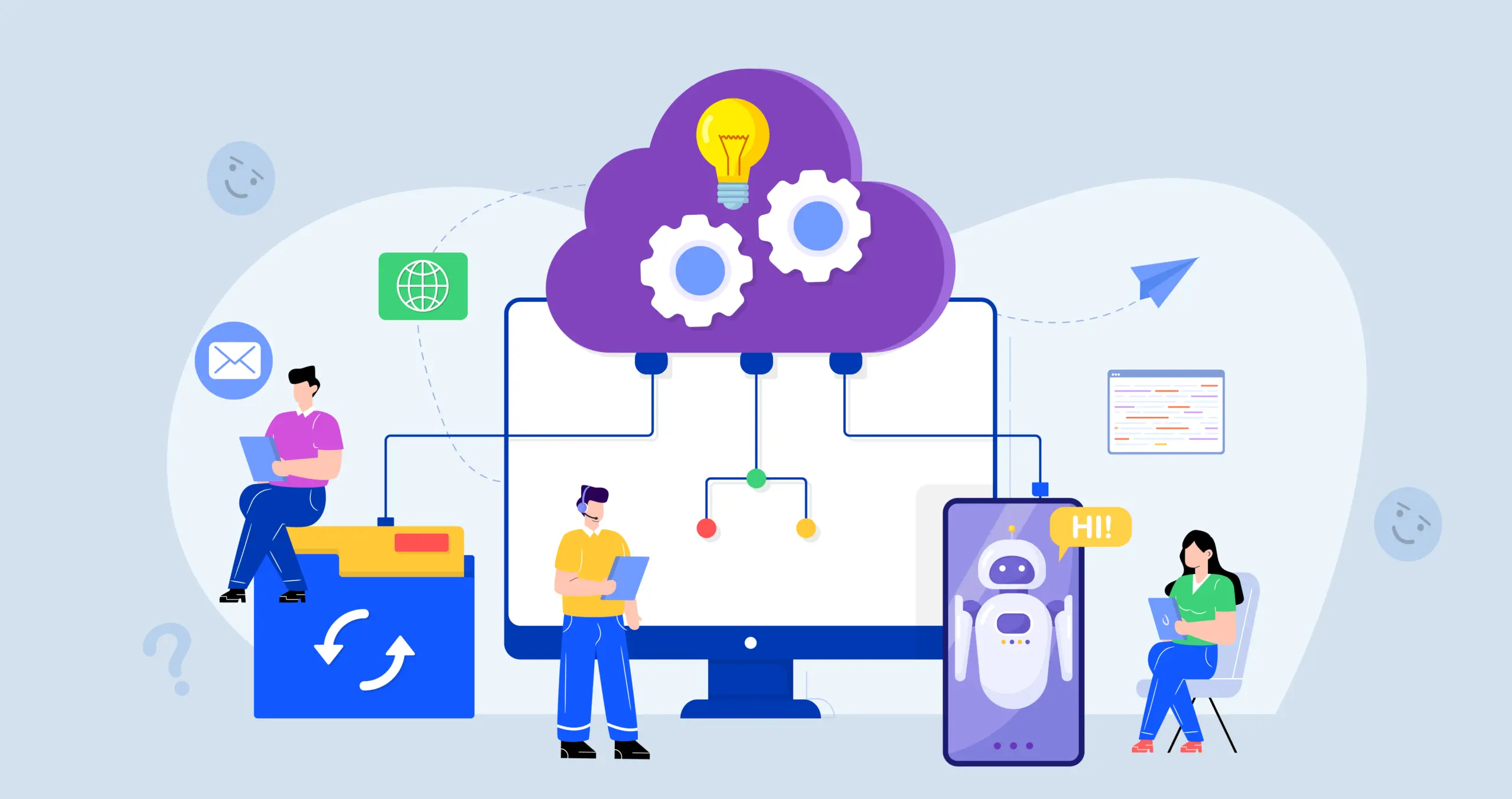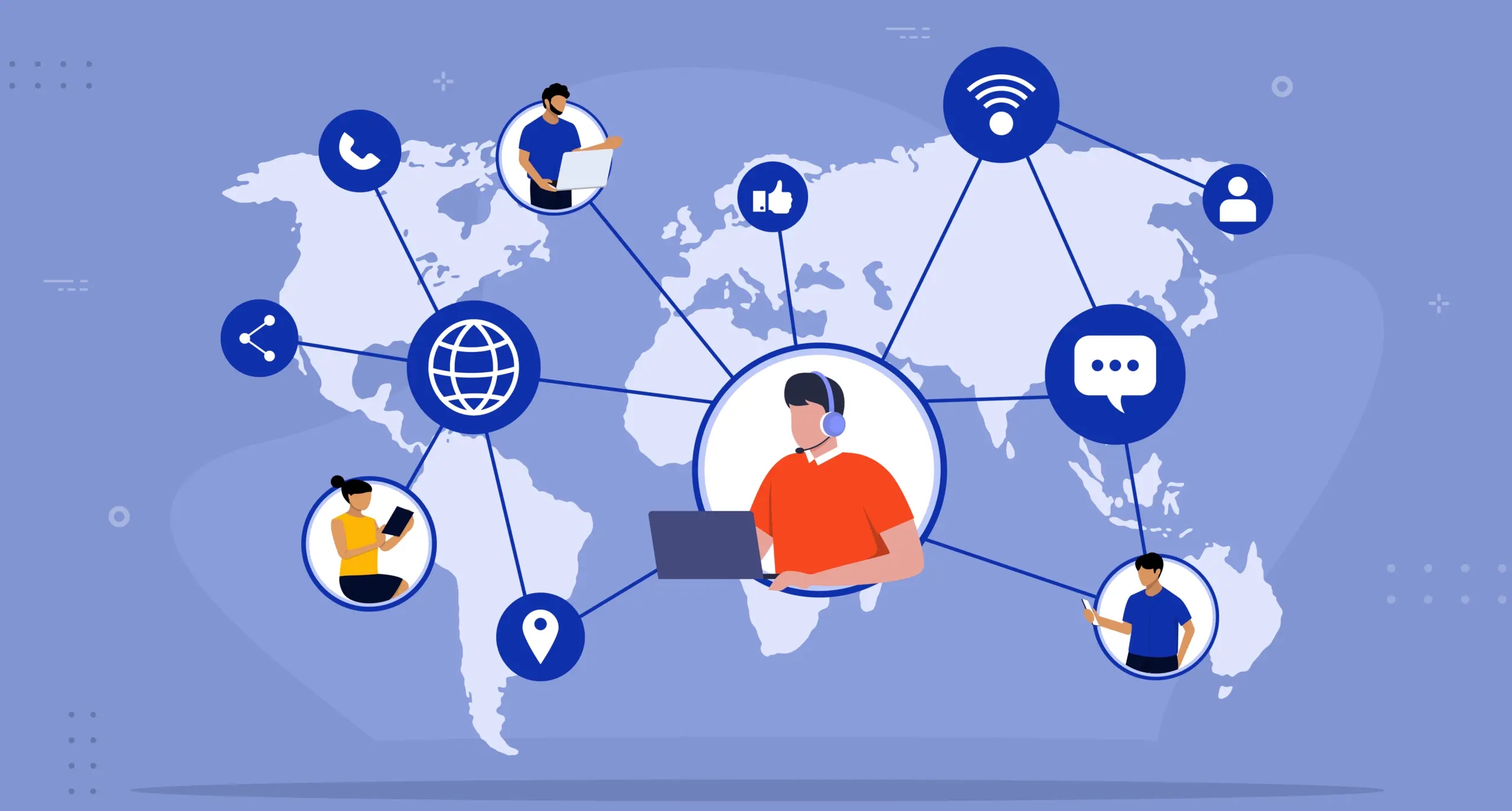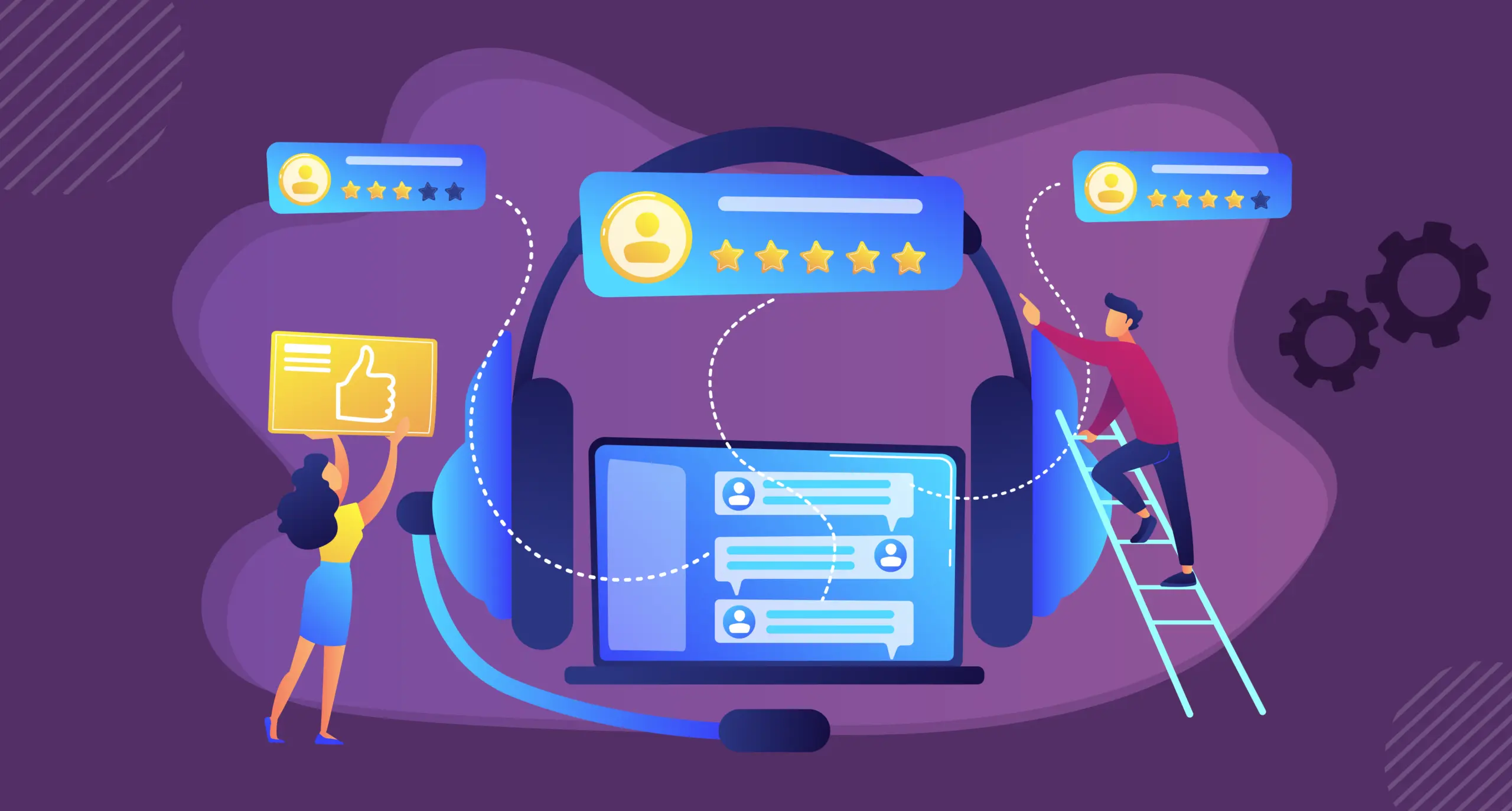Customer service is the word of success in this competitive business environment. Among the most advanced technologies which are revolutionizing call center operations is voice analytics. It analyzes customer conversations and provides valuable insights to enhance the quality of services and improve performance of the agents while boosting the customer satisfaction. This blog explores how call center voice analytics works, its benefits, real-world applications, and its future trends.
What is Call Center Voice Analytics?
Voice analytics in a call center is the practice of using artificial intelligence and machine learning to analyze the audio communications that exist between the customers and agents for potential enquiries. Call recordings are also turned into texts wherein the relevant pieces of information can be retrieved from the communication by the business. Call center voice analytics has often been combined with speech analytics to further advance how much businesses could derive from the conversations with their customers.
Using advanced algorithms, voice analytics helps in the following things,
Keyword Identification: Detects frequently used words and phrases to recognize patterns in complaints or FAQs.
Sentiment Analysis: Analyzes tone, speech patterns, and emotions to gauge customer sentiment and satisfaction.
Actionable Insights: Observes trends or anomalies in conversations to provide data-driven recommendations.
How do Call Center Voice Analytics work?
Voice analytics software are typically through the pipeline. Here are some examples:
Call Transcription : The application first translates spoken language into text using Natural Language Processing (NLP). Thus, this transcription process provides a written version of conversation which can be easily analyzed.
Keyword Spotting : This function searches for specific words or phrases that may have a relevance to the business. For instance, it can monitor words like “billing issue,” “refund,” or “cancel,” which may determine common problems or bottlenecks in services.
Sentiment Analysis : Among call center voice analytics, greatest strengths stands in the aspect of sentiment analysis is the extent of the emotional phase carried by a conversation. In this case, software that detects stress, frustration, happiness, or anger in a customer’s voice allows companies to better understand the emotional context of calls.
Data Integration : This means the insights gained through voice analytics shall be integrated into the existing CRM and other call center tools. This will form a dashboard for performance metrics, customer trend analysis, and a better-informed decision.
Key benefits of call center voice analytics
Enhanced Customer Experience
With more intimate knowledge of customer opinions and pain points, businesses can provide better and empathetic service. Voice analytics combined with speech analytics helps to identify what customers are saying and what they feel. This way, companies can resolve issues proactively and more effectively.
Improved agent performance
Analysis of the customer interface tends to throw light upon agent behavior and performance. You identify whether agents are getting a little too slack in certain communication skills or product knowledge. It helps in improving service standards.
Real-Time Feedback
Most of the voice analytics products offer real-time feedback and helps supervisors to immediately correct any issues arising during live calls, which may result in quicker resolution and the advancement of key metrics like first-call resolution and average handling time.
Compliance and Risk Management
In some industries where compliance would be critical, for example finance or healthcare, voice analytics ensures that agents comply with the various regulatory requirements. Software can even flag deviations from standard protocols, and thereby help businesses mitigate potential risks or legal issues.
Trend Analysis and Forecasting
A large call volume might reflect certain trends or patterns or may signal a starting point for emerging problems, like dissatisfaction with a product or service offered. Such leads provide organizations with an opportunity to intervene before a problem turns into a full-blown crisis, while long-term benefits are seen in terms of high customer satisfaction levels.
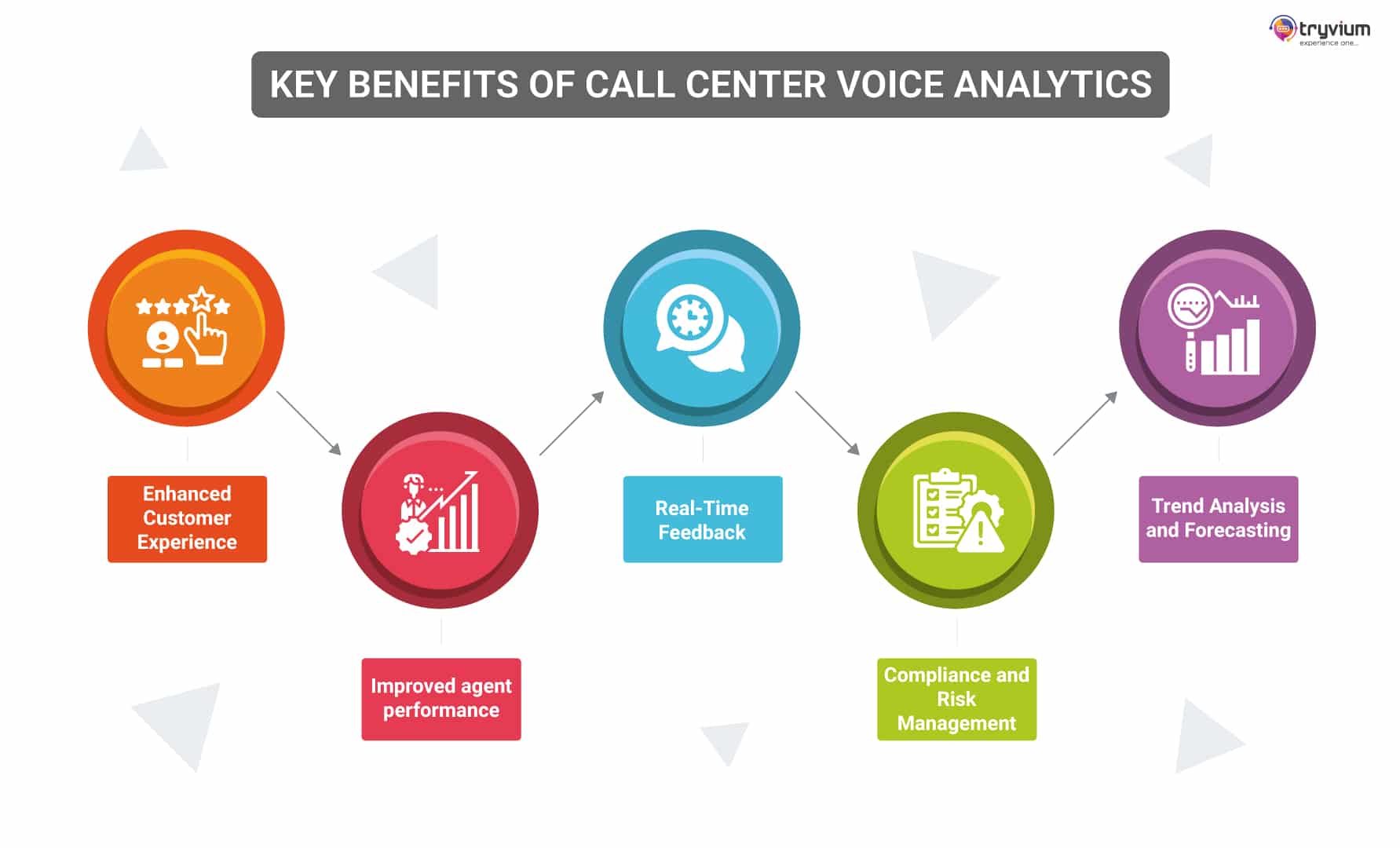
Difficulties Encountered in Voice Analytics Implementation
Voice analytics does not come without its own set of difficulties that organizations must face,
Data Privacy Issues
All recordings and analysis related to customer conversations have to fall under the rules and regulations of country and global data privacy laws, whether it is GDPR or CCPA. All processes of recording and analyzing should be so secured that once the business has informed its customers about the call monitoring, all data will be treated with this knowledge.
Integration with existing systems
On the integration front, voice analytics should easily integrate with any existing software systems that are already in place, including CRMs or helpdesk solutions. This provides for end-to-end visibility.
Initial Investment and Costs
Voice analytics software deployed, especially the integration with a call center’s infrastructure. While payback in the long term would justify the investments easily, it is crucial for companies to budget for their implementation plans appropriately.
How to Use Speech Analytics in Your Call Center
Step 1: Define your objectives
Set clear goals for what you want to achieve by using speech analytics, such as improving agent training or enhancing the customer experience. Establish measurable objectives to track success.
Step 2: Choose the right speech analytics tool
Evaluate tools based on scalability, integration with your tech stack, team training, and vendor support. Ensure the solution aligns with your objectives.
Step 3: Train your team, then run a pilot test
Ensure thorough training for your team to maximize software effectiveness. Tryvium provides training, community support, and onboarding assistance through dedicated customer success managers.
Step 4: Analyze data, gather insights, and act
Use speech analytics to identify actionable insights, such as addressing bottlenecks or enabling IVR-based self-service options for common tasks.
Step 5: Measure Success and Continuously Improve
Regularly evaluate your performance against initial objectives to fine-tune your approach and maximize the benefits of speech analytics.
Future Trends in Call Center Voice Analytics
Voice analytics has been changing rapidly, with several exciting trends on the horizon,
Predictive analytics
Next-gen voice analytics will predict upcoming customer behavior, beyond what is happening in interactions today. It can really predict issues even before they happen and address the issue well before its occurrence.
Multichannel Integration
Voice analytics will be expecting to integrate with other channels like email, chat, and social media, as companies embrace omnichannel approaches for an all-around view of customer interactions across channels.
Increased capabilities in AI and ML
As the advancement improves in AI and ML technologies, it will have a better understanding on more complex emotions and nuanced languages, which may include sarcasm, thus more accurate sentiment analysis and deeper insights into customer conversations is derived.
Conclusion
Call center voice analytics coupled with speech analytics call center technology is transforming the phase of business management of customer interactions through efficacies in operation and improved customer satisfactions. Customer sentiment analysis, trend detection, and compliance can help an organization deliver more personalized and effective service. Tryvium offers advanced voice analytics solutions tailored to transform call center operations. With actionable insights, real-time feedback, and integration capabilities, Tryvium helps businesses elevate customer experiences, foster loyalty, and drive success. Embrace voice analytics with Tryvium to stay ahead of the curve and redefine customer service excellence.
FAQs
How does voice analytics differ from speech analytics call center technology?
Voice analytics is more about analyzing audio interactions as compared to speech analytics call center technology, which specifically converts speech into text and then identifies all the patterns, keywords, and sentiments that result from the conversation.
How does voice analytics enhance the levels of satisfaction among customers?
Voice analytics detects the emotions of customers and prevalent pains for business institutions to offer even more customized and proactive service, faster resolution of issues, and therefore higher satisfaction by the customers.
Can voice analytics recognize emotions when a customer speaks over the phone call?
Yes, voice analytics uses sentiment analysis to extract the emotional undertone of calls and identify tension, frustration, or happiness through the customer’s voice.
What are the core issues voice analytics must be concerned with?
Data privacy is one of the key issues, followed by integration with existing systems, and finally initial setup and customization costs.
